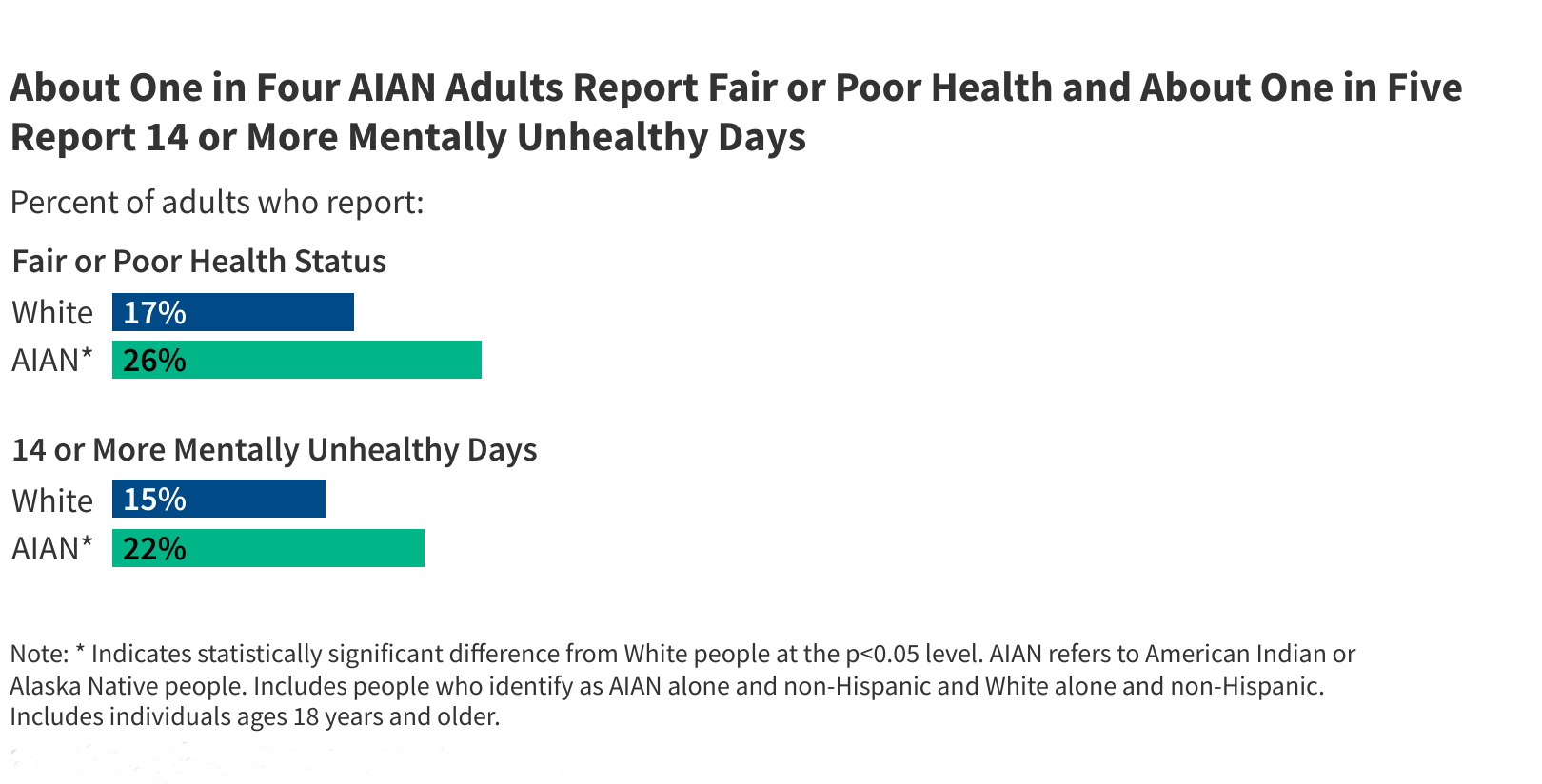People with disabilities make all kinds of purchases most workers never need.
They might have to buy a wheelchair, build an access ramp, or take cabs because they can’t drive. People with hearing, vision or speech disabilities use electronic or computerized assistive devices and software. Some need home health aides, and many spend more on medical care.
To fully understand their specific needs, researchers at Stony Brook University and RAND developed a detailed survey of nearly 2,000 people with disabilities, using input from experts with disabilities themselves or experience in the field. The authors conducted an analysis of the survey data on people who are receiving benefits from Social Security’s disability program or its companion program, Supplemental Security Income.
Their survey reveals a great deal about their unique purchases and how the COVID-induced surge in inflation eroded their living standards.
The 9.1 percent inflation spike in the summer of 2022 – the biggest jump since 1980 – squeezed all consumers. In the survey a year later, six out of 10 beneficiaries said they were paying more for disability-related goods and services and that their budgets were feeling more squeezed than they were two years ago.
Most people who receive disability benefits do not work, so their incomes tend to be low, and they felt these purchases were making it even more difficult to make ends meet. Forty-three percent of the beneficiaries said the big cost-of-living increase in their benefits in 2023 – 8.7 percent – was insufficient to sustain their standard of living.
The typical person who receives disability benefits spent $384 a year on disability-related items, according to the study. But many spent much more. The average, which better reflects the highest spenders, is $4,412 annually.
The survey also provided some indication of how vulnerable their overall finances are. A quarter of beneficiaries reported that disability-related costs pushed them into debt or meant they had to reduce their spending on groceries. These findings are in line with other studies documenting their financial vulnerability: the eviction and bankruptcy rates are higher than the general population.
In a separate analysis, based on the details that individuals provided about their general purchases and disability-related purchases, the researchers compared them to the basket of goods the federal government uses to calculate the Consumer Price Index for all consumers.
The big difference is healthcare costs: individuals who receive disability benefits spend twice as much as the general population – or 15 percent of their total budgets – on healthcare, everything from doctor visits and prescription drugs to hearing aids, personal care services, and assistive technologies. And, over time, prices for healthcare services tend to grow faster than overall prices.
In a bit of a surprise, they spend roughly the same percentage of their budgets on transportation as the average urban consumer. The researchers said this suggests the unusual expenses required to accommodate a disability are substantial – cab fares and ride services or purchasing a special vehicle or modifying an old one.
They listed numerous policy options for easing their financial stresses, including better access to energy, transportation and food assistance, expanding Medicare or Medicaid coverage to more disability-specific items, and even adjusting the cost-of-living increases on disability benefits to better reflect the disproportionate use of medical care.
People with disabilities may need additional support, the researchers said, because prioritizing limited resources toward their health-related needs could come at the expense of their ability to purchase items, including even food or housing, that they need for daily life.
To read this study by Zachary Morris and Stephanie Rennane, see “Examining the Impact of Inflation on the Economic Security of Disability Program Beneficiaries.”
The research reported herein was performed pursuant to a grant from the U.S. Social Security Administration (SSA) funded as part of the Retirement and Disability Research Consortium. The opinions and conclusions expressed are solely those of the authors and do not represent the opinions or policy of SSA or any agency of the Federal Government. Neither the United States Government nor any agency thereof, nor any of their employees, makes any warranty, express or implied, or assumes any legal liability or responsibility for the accuracy, completeness, or usefulness of the contents of this report. Reference herein to any specific commercial product, process or service by trade name, trademark, manufacturer, or otherwise does not necessarily constitute or imply endorsement, recommendation or favoring by the United States Government or any agency thereof
Publisher: Source link










